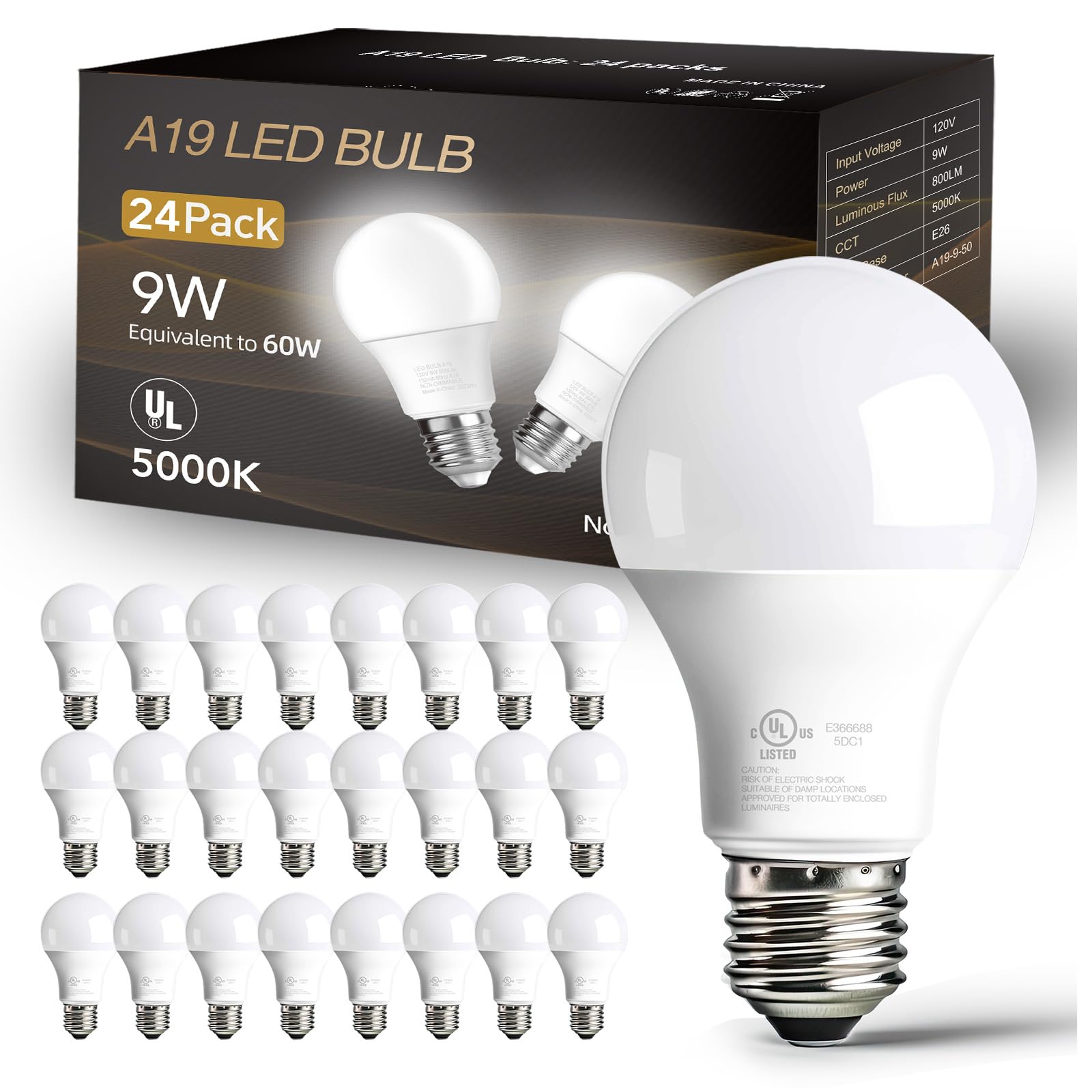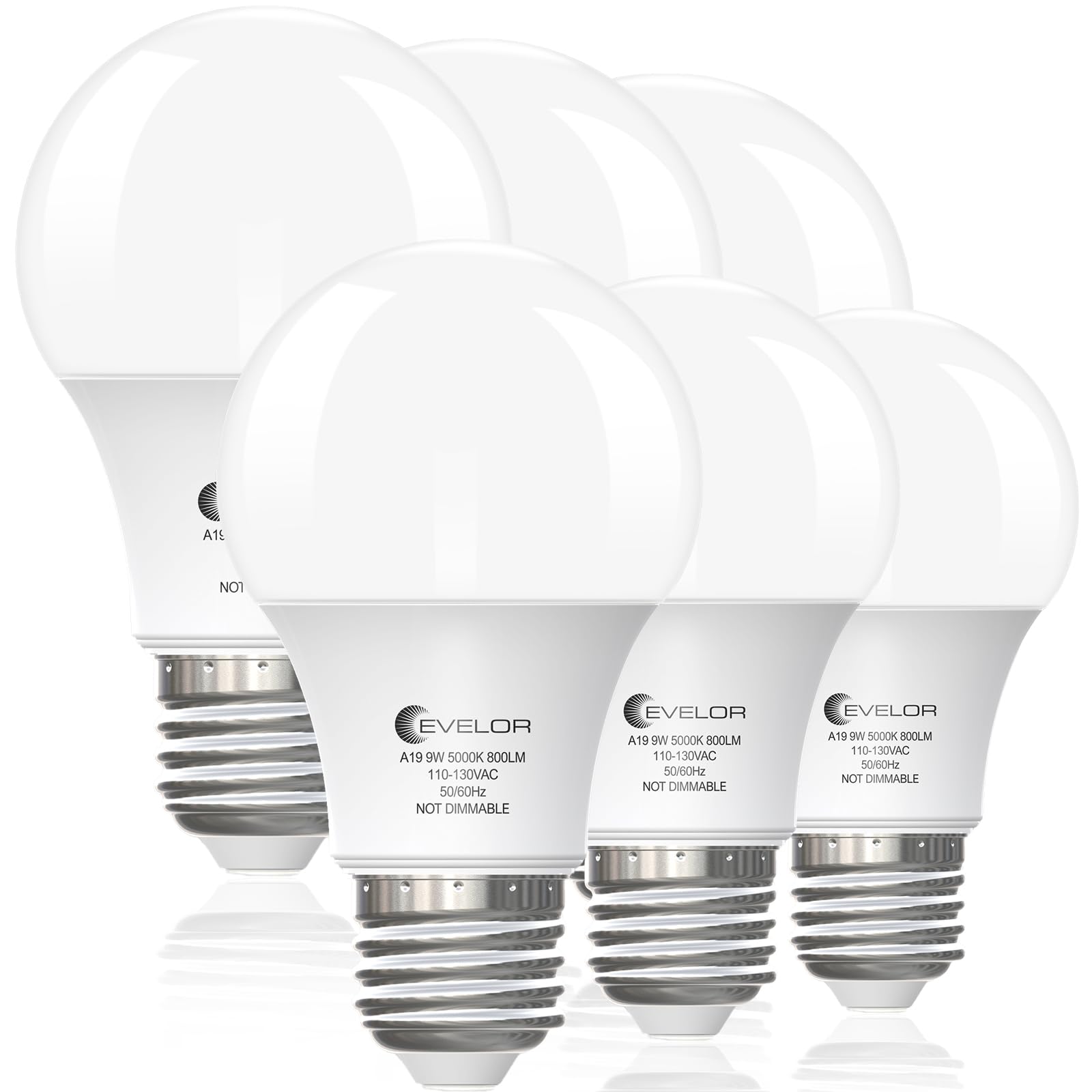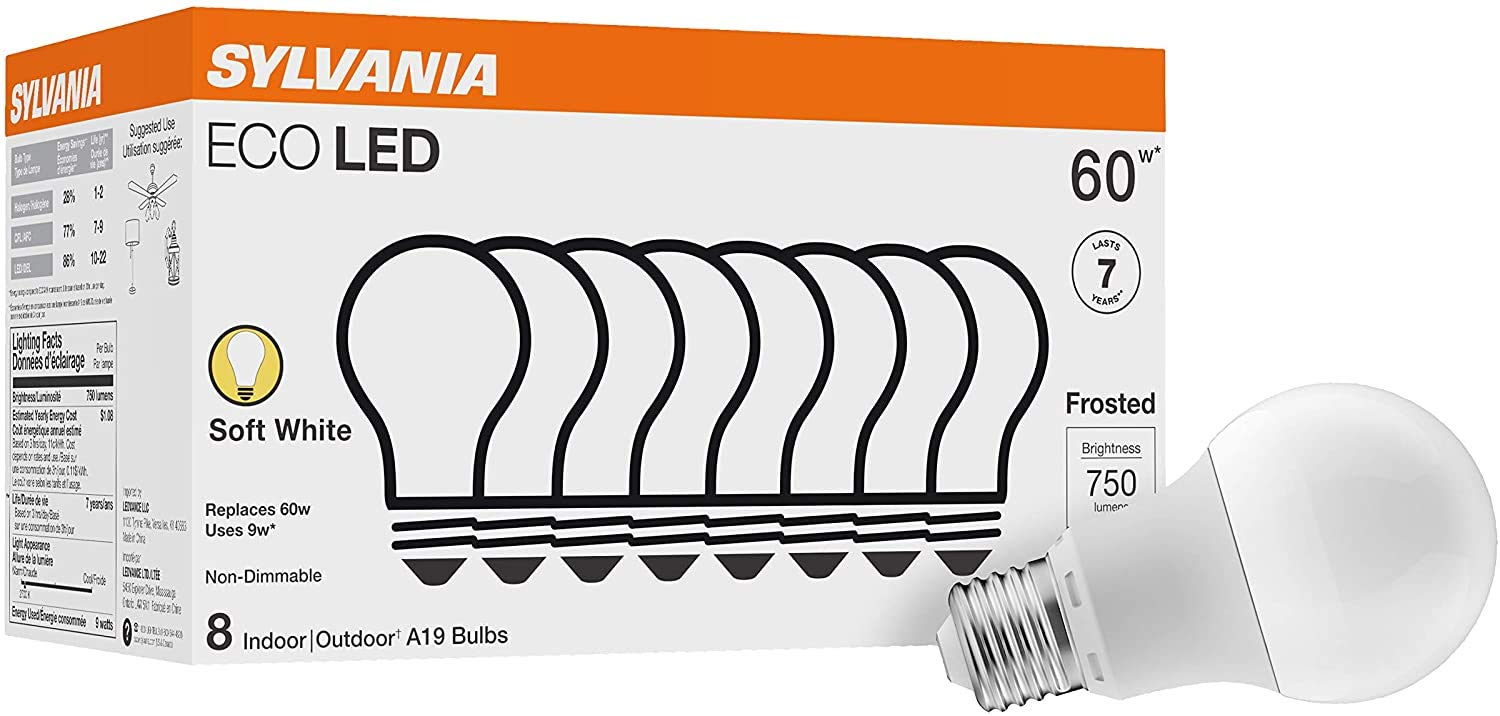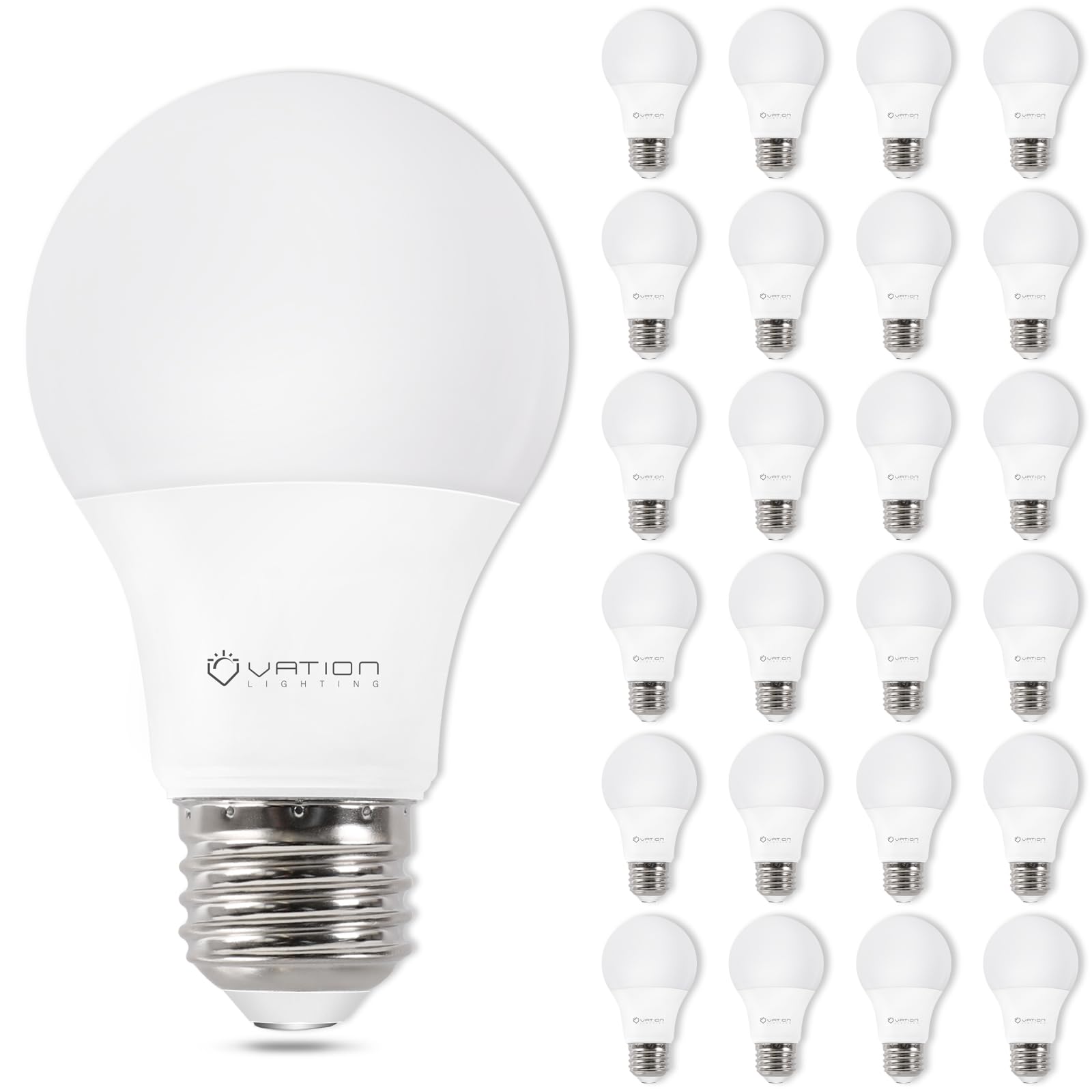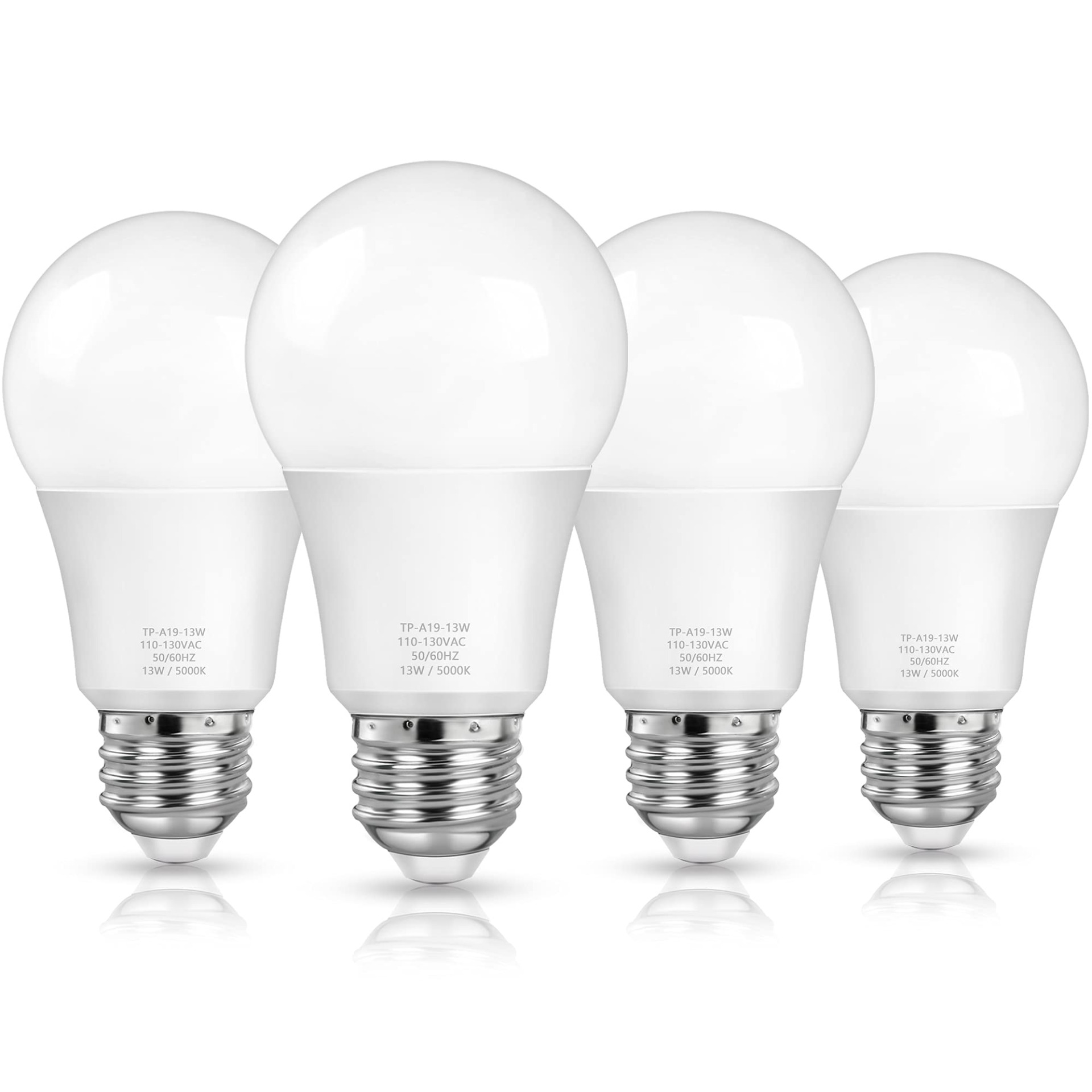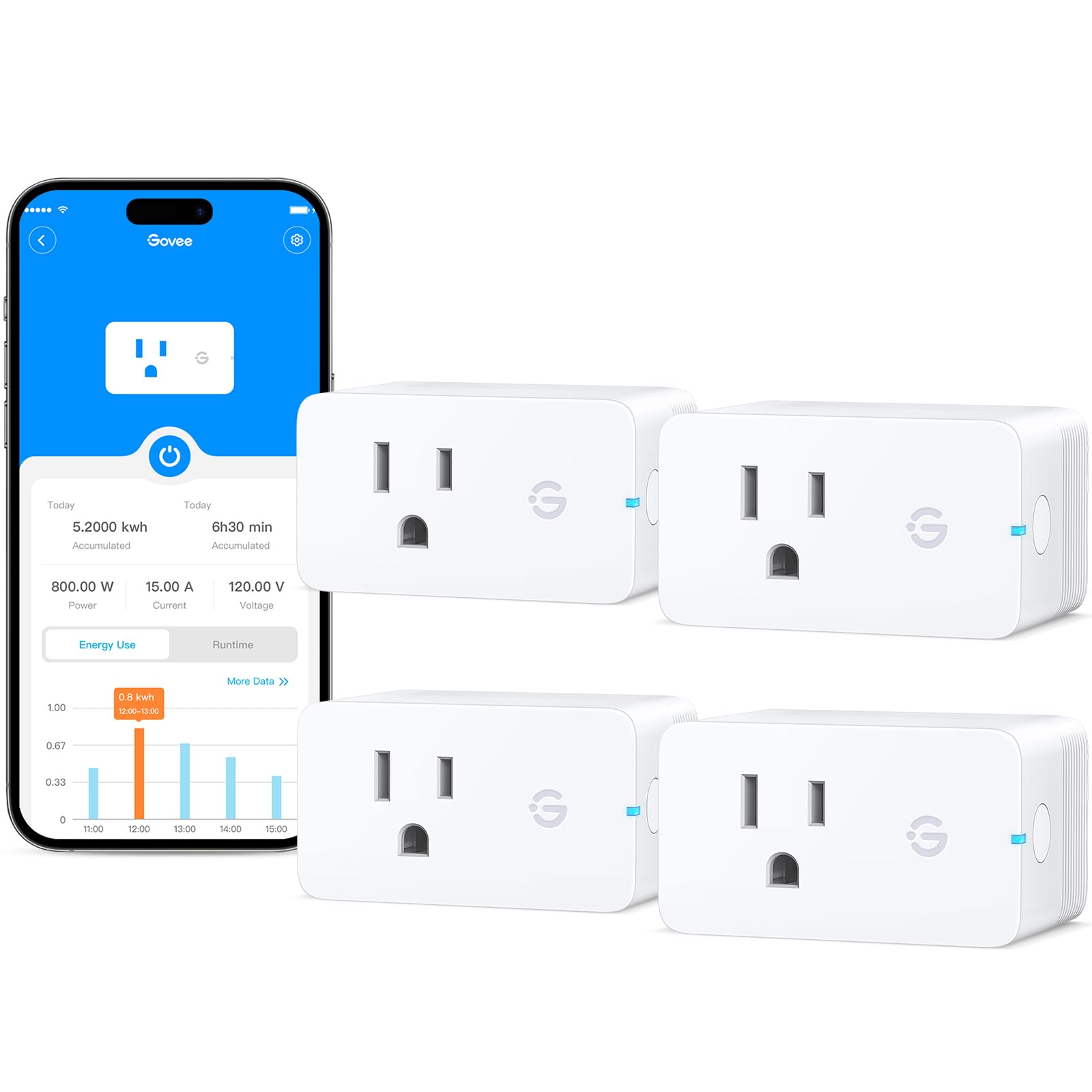Energy-efficient light bulbs really do offer some big advantages over old-school incandescents. They use less power but still give you the same amount of light, so you'll see lower utility bills and a smaller environmental footprint.
5 Energy Saving Light Bulbs That Actually Work for Maximum Efficiency in 2025
Energy-efficient light bulbs really do offer some big advantages over old-school incandescents. They use less power but still give you the same amount of light, so you'll see lower utility bills and a smaller environmental footprint.
Modern energy-saving bulbs can last 10 to 25 times longer than incandescent bulbs. Fewer replacements mean more money stays in your pocket over time.
LED and CFL bulbs are the main contenders in energy-efficient lighting these days. LED bulbs use light-emitting diodes and, honestly, they're hard to beat for efficiency, lifespan, and quality. CFLs use compact fluorescent tech and usually cost a bit less upfront, though they don't stick around as long.
When you're picking out energy-saving bulbs, pay attention to lumens output, color temperature, and whether the base fits your fixtures. Lumens tell you how bright the bulb gets, while color temperature sets the mood—warm or cool. Make sure the base matches your lamp or overhead socket, or you'll end up frustrated.
We dug into dozens of bulbs and tried them out ourselves to find the ones that actually deliver on performance, longevity, and value. Some surprised us, a few disappointed, but the best really do stand out.
Best Energy Saving Light Bulbs
We tested a pile of energy-efficient bulbs to find the ones that actually make a dent in your electric bill. Our top picks cut energy use by up to 80% compared to old incandescents, and the light quality's there, too.
Dalattin LED Bulbs
These bulk LED bulbs really deliver on performance and energy savings. They're a practical pick if you want to swap out a whole bunch of bulbs at once.
Pros
- Noticeable energy cost reduction over traditional bulbs
- Great value in bulk, and every bulb worked as promised
- Gentle on the eyes—no harsh flicker that you sometimes get with cheaper LEDs
Cons
- A little bulkier than some other options
- Non-dimmable, so you can't set the mood with these
- Daylight white can feel a bit stark if you're after a cozy vibe
We've had these Dalattin LEDs in our test space for months now. The brightness hits you right away—no waiting, no weird yellow tint like the old bulbs.
Our electric bill dropped after we swapped out the old 60-watt bulbs for these 9-watt ones. Across 24 fixtures, we figured we're saving about $26 a year just in that one area.
Honestly, the build quality surprised us. Not a single dud in the batch, which isn't always the case with big LED multipacks. The plastic feels sturdy enough for regular handling.
Installation's a breeze with standard E26 sockets. The instant-on feature is solid—no delays or dim flickers. We like how the color stays consistent room to room, too.
EVELOR A19 LED Light Bulbs 6-Pack
These bulbs save a ton of energy and put out steady, bright daylight—definitely worth it if you want light that doesn't mess around.
Pros
- Superb energy efficiency—up to 90% less electricity than old bulbs
- Bright 5000K daylight color shows colors accurately, no harsh glare
- Long 15,000+ hour life means you'll hardly ever swap them out
Cons
- Not dimmable, which is a bummer for some rooms
- Daylight tone can feel too clinical at night
- Plastic housing doesn't feel as nice as glass
We've been running these EVELOR bulbs at home for a few months, and the savings show up fast on our electric bills. Nine watts gets you the same brightness as those old 60-watt bulbs, but with way less power draw.
The 5000K daylight is crisp and makes kitchen and bathroom tasks a breeze. Colors look true—great for makeup or food prep. They're instant-on, too, which is always nice.
Standard E26 base meant installation was simple. We like that they stay cool, so you don't worry about overheating lampshades. And no flicker, so your eyes won't get tired even if you're reading for hours.
Our main gripe is the fixed brightness since you can't dim them. For winding down in the evening, we switch to something warmer. But for workspaces or anywhere you want steady light, these bulbs are a win for both performance and energy savings.
SYLVANIA ECO LED A19 Bulbs
These LEDs keep your costs low—just $1.08 a year to run each bulb—and put out a warm 750 lumens, which is plenty for most rooms.
Pros
- Slashes your electric bill—about 85% less than incandescents
- Seven-year lifespan means you'll forget what it's like to replace bulbs all the time
- Instant-on: full brightness the second you flip the switch
Cons
- Non-dimmable, so you can't adjust the mood
- Not for fully enclosed fixtures, so check your lamps first
- We had one bulb start flickering after six months
We put these SYLVANIA ECO LEDs in rooms all over the house. The 2700K soft white gives a cozy glow that's great for relaxing spaces.
The difference shows up on the power bill fast. Swapping 60-watt bulbs for these 9-watt ones cut our lighting costs by more than 80%. With eight bulbs, we're saving about $40 a year.
Standard E26 bases made installation a non-issue. We like that they're at full brightness instantly—no awkward warm-up period like some others.
Most bulbs held up well, though one started flickering after a few months. Still, with a seven-year life, an occasional dud doesn't ruin the value.
VATION Daylight LED Bulbs 24-Pack
If you're ready to go all-in and replace every bulb in the house, these are a solid bulk buy for slashing your energy bill.
Pros
- Big energy savings—about 85% less than traditional bulbs
- Bright, steady daylight with zero flicker or eye strain
- Long 15,000-hour lifespan means you won't be buying bulbs again anytime soon
Cons
- Non-dimmable, so not ideal for every room
- Daylight color might feel too cold for evenings
- Buying 24 at once costs more upfront, but the per-bulb price is great
We put these in every room and immediately noticed how bright and clear everything looked. The daylight color really makes colors pop.
Our next power bill was lower, no question. Each bulb uses just 8.5 watts but shines as bright as a 60-watt old-school bulb.
Installation was easy—standard E26 bases all the way. They light up instantly, no lag or warm-up like some LEDs.
The 24-pack is handy if you want to do a whole-house swap or just have spares. With our usage, we're expecting these to last us over ten years.
MAXvolador A19 LED Bulbs
These LEDs stand out for their brightness and for cutting your lighting costs by 90% compared to old incandescents.
Pros
- Major energy savings—just 13 watts to replace 100-125 watt bulbs
- Daylight white gives a fresh, open feel to any space
- Long lifespan—over 25,000 hours means you'll rarely need to swap them out
Cons
- Some bulbs might not last as long as advertised, based on what we've seen and heard
- Not dimmable, so you'll need other options for mood lighting
- Daylight white can feel too sterile at night
We've had the MAXvolador A19 bulbs in our home for several months. Our power bill dropped right away, which was a nice surprise.
The brightness is no joke. They light up big rooms and high ceilings without breaking a sweat. The 5000K daylight white feels clean and natural—great for kitchens and workspaces.
Install was a snap, thanks to the standard E26 base. They're instant-on, too—no annoying warm-up time. No flicker or buzzing, so they're actually comfortable for reading or working for hours.
Buying Guide
Wattage and Lumens
Honestly, lumens matter way more than wattage when you're picking out bulbs. Lumens show how much light you actually get, while wattage is just about how much power the bulb uses.
For example, a 10-watt LED gives off about as much light as an old-school 60-watt incandescent. That swap can mean significant savings on your monthly electric bills.
Initial Cost vs Long-Term Savings
Energy-saving bulbs might feel pricey at first, but they usually last 10–25 times longer than the old types. If you want to figure out what you'll save, try multiplying the bulb's lifespan by your current electricity rates—it's not an exact science, but it gives you a ballpark.

Color Temperature and Dimming
Color temperature really changes how a room feels—and can even impact energy use a bit. For cozy, warm light, 2700K–3000K usually does the trick, but for task lighting, I'd go with something cooler like 4000K–5000K.
Before buying, double-check if the bulb plays nice with your dimmer switches. Some energy-saving bulbs just don't work with older dimmers, which can be frustrating.
Certification and Warranty
Check for Energy Star certification if you want to be sure the bulb actually meets efficiency standards. I always go for bulbs with at least a 3-year warranty—it just feels safer that way.
Take a look at the packaging for estimated annual operating costs. Those numbers can really help when you're trying to compare the real expenses between different bulb types or brands.
5 Tips for Negotiating the Best Phone and Internet Prices to Cut Your Monthly Bills in Half
Phone and internet bills eat up a big chunk of monthly budgets, but most folks just shrug and pay the bill. With some smart strategic negotiation, you can usually shave 10-30% off your telecommunications expenses.
Smart home automation doesn't have to be complicated. We've been checking out the Govee Smart Plugs lately to see if they live up to the hype.

